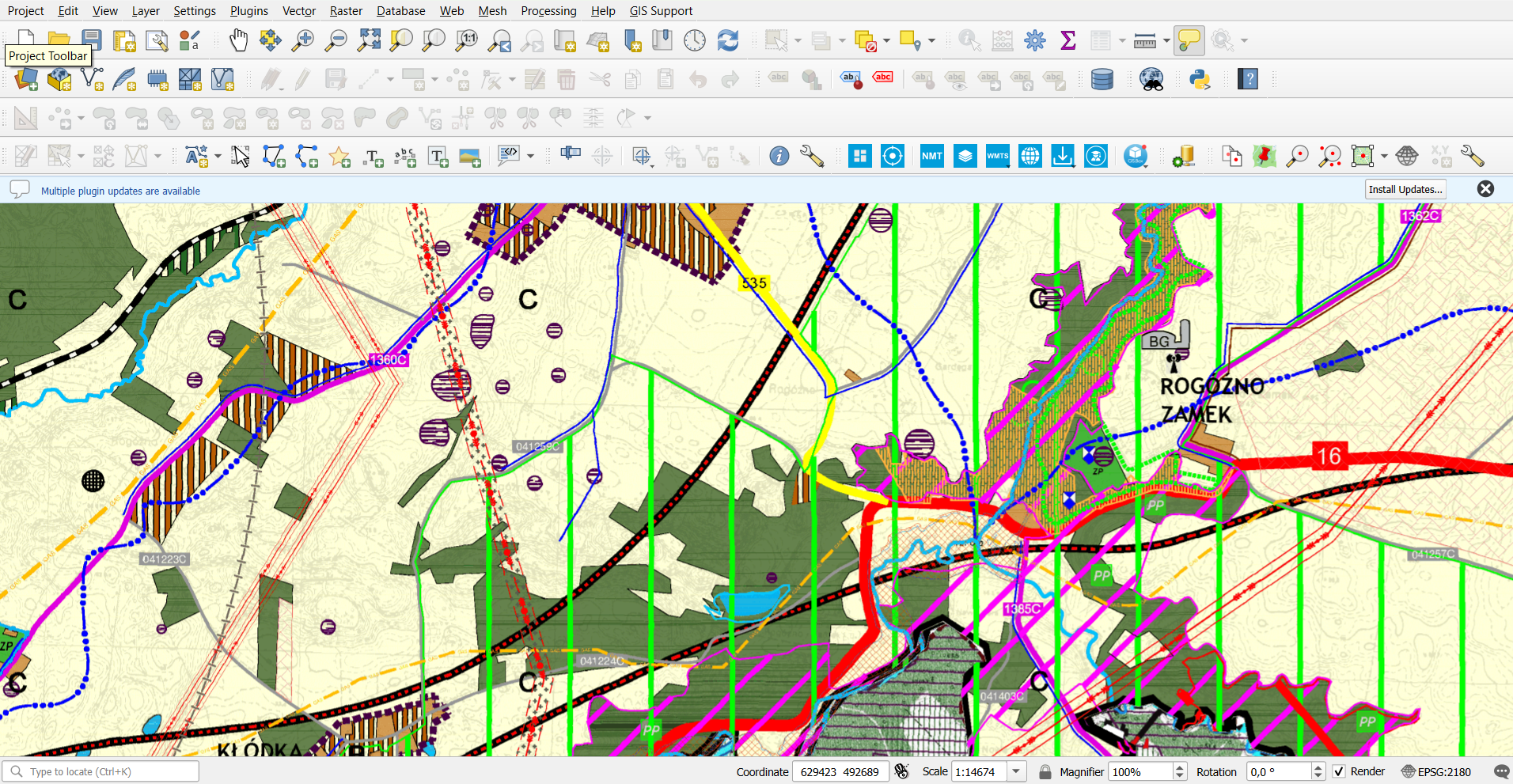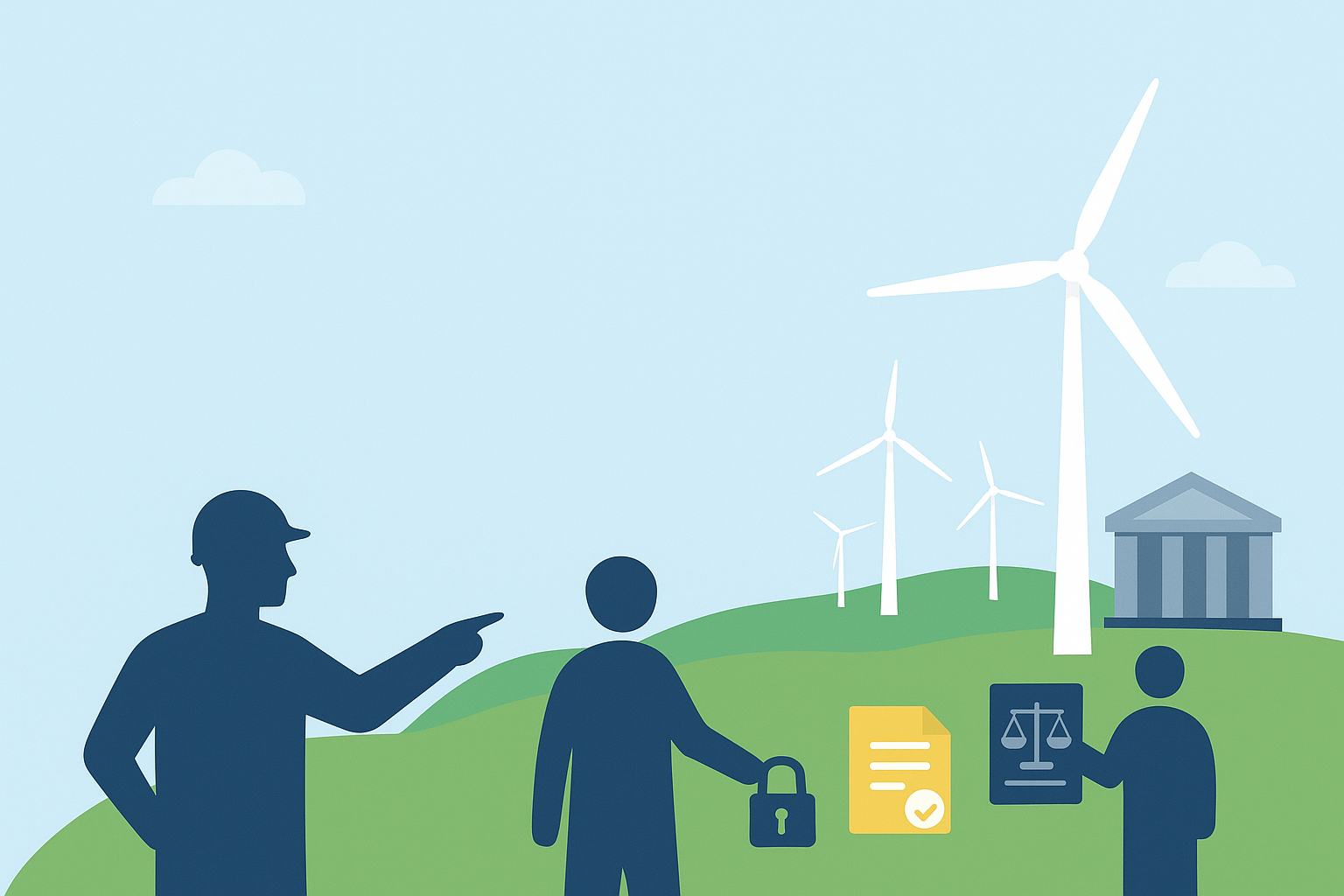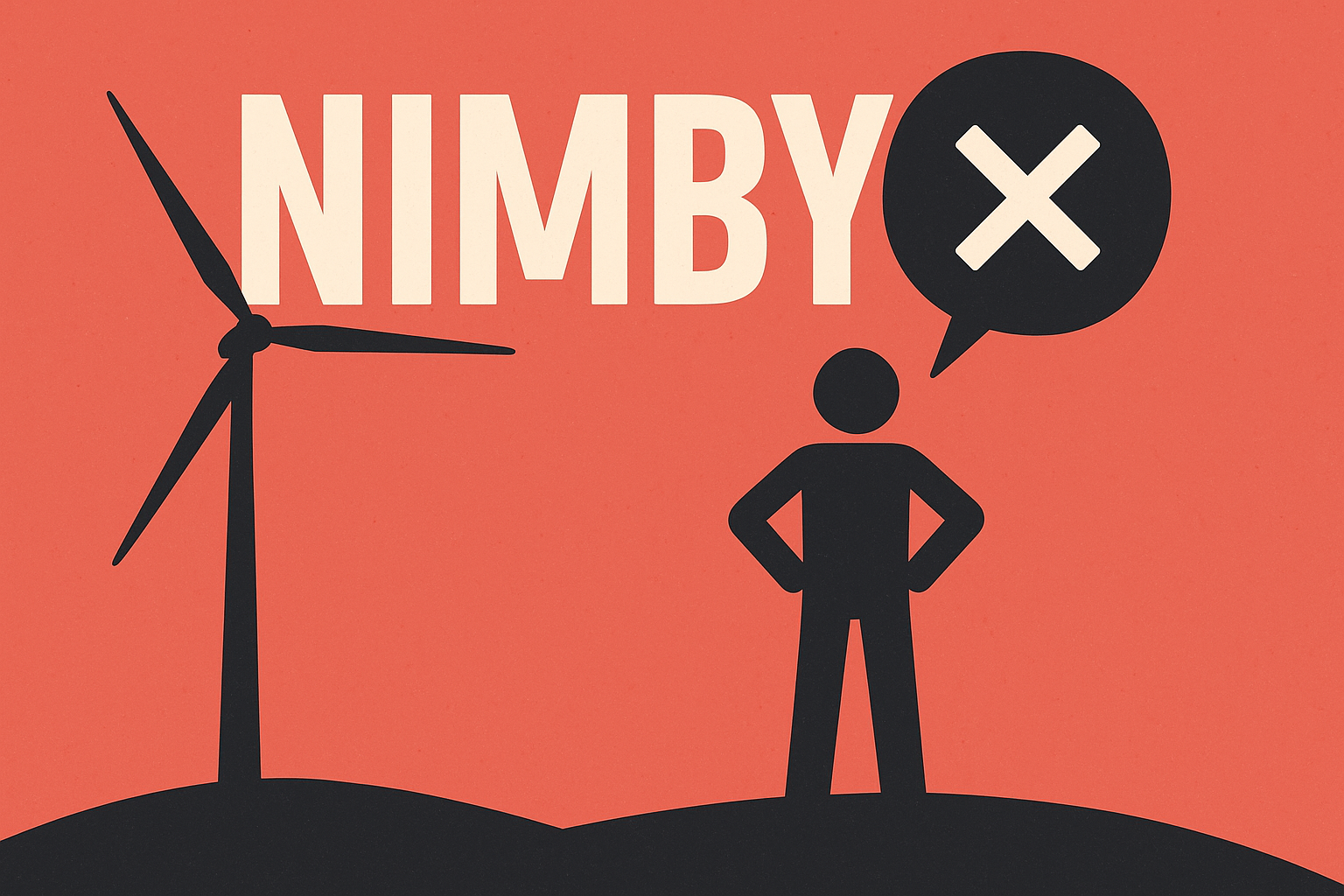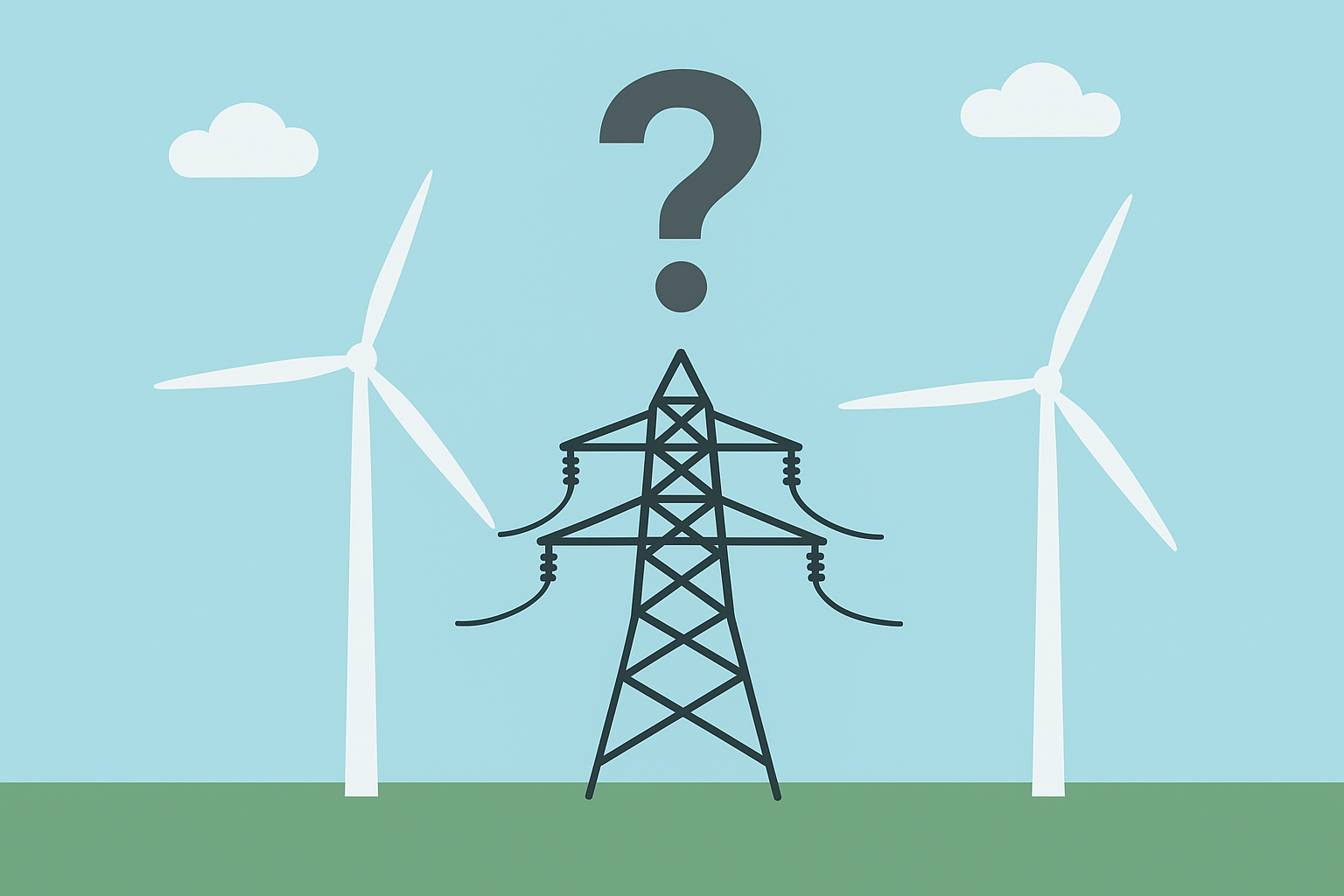
Wind Farm Development Challenges.
Developing utility-scale wind farms in Central Europe is far more than an engineering exercise—it’s a multifaceted undertaking shaped by policy, infrastructure, and social dynamics. Across the EU, stakeholders consistently cite lengthy and complex permitting procedures, grid congestion, and regulatory uncertainty as core barriers that slow down project timelines and elevate costs.
For instance, according to the IEA, inadequate support schemes and multi-tiered permitting are primary reasons for undersubscribed auctions and delayed renewables deployment. By clearly understanding these wind farm development challenges, developers and investors can better navigate risk and build more resilient, investable projects.
.jpg)
Land Feasibility Studies & Acquisition
Securing suitable land is one of the earliest and most critical wind farm development challenges. Before committing resources, developers conduct comprehensive feasibility studies to determine whether a site can accommodate a wind farm without conflicting with local restrictions or environmental priorities. Because rules differ across EU countries, feasibility assessments must be highly localized. Developers typically evaluate:
- Local zoning regulations and distance requirements - for example, some countries impose minimum distances between turbines and residential buildings, which strongly vary by country.
- Noise limits and visual impact - ensuring turbine placement complies with country-specific decibel thresholds to avoid nuisance complaints.
- Environmental and biodiversity protection - avoiding nature reserves, Natura 2000 sites, wildlife habitats, and bird migration corridors.
- Cultural and archaeological heritage - confirming turbines don’t interfere with protected monuments or landscapes.
- Existing infrastructure and spatial planning - ensuring turbines don’t disrupt airports, radar, power lines, or local municipal plans.
- Aviation, defense, and radar restrictions - coordinating with aviation authorities, military agencies, and air traffic control to prevent conflicts with flight paths, radar systems, and defense installations.
- Road surveying and site accessibility - evaluating existing road networks and planning upgrades or new access routes to safely transport turbine components, cranes, and other heavy equipment to the site.
This feasibility phase determines whether land can be legally and technically developed before moving forward with regulatory applications. By identifying spatial, environmental, and infrastructural constraints early, developers can avoid costly redesigns, minimize delays or even cancellations and secure community trust. Thorough feasibility studies are essential not only to minimize development risks but also to ensure the bankability of a project, as investors and financial institutions prioritize sites with clearly assessed environmental, technical, and spatial constraints.
Acquiring land on fair and transparent terms is essential for the sustainable development of the business. By ensuring that landowners and local stakeholders are treated equitably, developers can build trust, strengthen long-term relationships, and increase community acceptance - a critical factor in reducing opposition and accelerating project approvals.

Permitting & Regulatory Hurdles

Obtaining permits and navigating regulatory frameworks remains one of the most complex and time-consuming aspects of wind farm development, often representing a critical bottleneck for project timelines. In Europe, wind energy permitting involves multiple layers of oversight, encompassing local zoning boards, municipal planning departments, environmental protection agencies, national energy regulators, and, in some cases, EU-level institutions such as the European Commission’s Directorate-General for Energy (DG ENER) and the European Environment Agency (EEA).
Developers must comply with national legislation such as Germany’s Bundes-Immissionsschutzgesetz (BImSchG) or Poland’s Ustawa o OZE (Renewable Energy Sources Act), as well as regional environmental impact assessment protocols that evaluate factors like avian migration, protected habitats, noise emissions, and visual impact. These requirements add layers of complexity and often require extensive studies before construction can begin.
Media outlets including Recharge News and WindEurope frequently report that permitting delays can stretch from 2–5 years, significantly extending the project development cycle and increasing costs. These delays are often exacerbated by inconsistent local regulations, lack of standardization in environmental assessments, and procedural inefficiencies within municipal approvals.
To address these challenges, innovative strategies have emerged, such as digital permitting platforms that streamline document submission and tracking, as well as pre-emptive stakeholder consultations with environmental NGOs and local planning authorities. These solutions aim to reduce bureaucracy and improve transparency.
Leading developers, including Windspace, emphasize the importance of early engagement with regulators, comprehensive environmental and technical studies, and proactive use of geospatial data to anticipate siting conflicts. By integrating these best practices, developers can reduce approval times, mitigate legal risks, and ensure alignment with both national policy objectives and EU directives on renewable energy deployment, ultimately accelerating the delivery of sustainable wind energy infrastructure.
Community Engagement & Opposition

Community opposition, often framed as NIMBYism (“Not In My Backyard”), remains one of the most persistent and underestimated challenges in wind energy projects. While technical feasibility, permits, and financing are critical, local acceptance can make or break a project. NIMBY attitudes are typically driven by concerns over noise, shadow flicker, visual impact on landscapes, and potential effects on property values or tourism.
In countries such as Germany, Denmark, and parts of Scandinavia, where renewable energy policies are strongly established and community benefit schemes are common, developers often encounter relatively lower resistance, particularly when wind farms include mechanisms for local ownership or profit-sharing. In contrast, Poland, France, and some regions in Italy have seen intense local opposition, with protests, legal challenges, and municipal vetoes delaying or even canceling projects despite compliance with technical and environmental requirements.
Research from WindEurope and the European Commission highlights that transparency, early engagement, and structured communication are key to reducing resistance: hosting public information sessions, co-designing local benefit schemes, and involving community representatives in planning decisions can transform skeptical residents into supportive stakeholders. Companies like Windspace have pioneered ownership and revenue-sharing models that allow local communities to directly benefit from the project’s success, significantly lowering the incidence of NIMBY opposition and smoothing the path to permitting.
Effective community engagement is therefore not just a social obligation - it is a strategic imperative, particularly in regions with fragmented regulatory environments and historically low public trust in large infrastructure projects.
Grid Connection
Even after permits are approved, many wind farms face significant grid connection delays, making this one of the most critical wind farm development challenges. In Europe, interconnection queues are increasingly congested, with hundreds of gigawatts of renewable capacity waiting for approval to connect to the transmission system.
Countries such as Germany, Spain, and Italy face particularly long lead times due to overloaded transmission networks and complex approval processes involving Transmission System Operators (TSOs), local network authorities, and national energy regulators. These delays create financial uncertainty, increase development risk, and can even threaten the viability of projects if Power Purchase Agreements (PPAs) are delayed.
To mitigate these risks, developers are adopting strategies such as early grid feasibility studies, proactive collaboration with TSOs, and innovative hybrid solutions combining wind energy with battery energy storage systems (BESS) to optimize grid usage and reduce congestion. Companies like Windspace integrate grid studies into the early stages of project planning, identifying cost-effective interconnection points and minimizing the risk of lengthy delays. Industry reports from WindEurope, ENTSO-E, and publications like Recharge News emphasize that addressing grid connection challenges early is essential for maintaining project timelines, reducing financial exposure, and ensuring renewable energy projects can reliably feed into national and regional power grids. By combining technical foresight, stakeholder engagement, and innovative grid solutions, developers can be helped in navigating one of the most persistent wind farm development issues in Europe.

Financing & Investment Challenges
Financing large-scale wind projects remains one of the most complex and high-stakes wind farm development challenges, particularly in a landscape of rising interest rates, inflation, and evolving renewable energy policies. Utility-scale wind farms require significant upfront capital, often running into hundreds of millions of euros, making them highly sensitive to market volatility and regulatory uncertainty.
Common wind farm financing problems include securing debt and equity, structuring bankable investment models, and managing risks related to policy changes, such as alterations to feed-in tariffs, tax incentives, or subsidy schemes. To overcome these hurdles, developers often combine equity, debt, and government subsidies, while securing Power Purchase Agreements (PPAs) early to ensure revenue certainty.Partnerships with institutional investors, particularly those with an ESG focus, can provide additional stability and credibility.
Leading developers like Windspace adopt an integrated financing approach, collaborating with multiple financial institutions, investment funds, and energy off-takers to structure projects that remain profitable even under volatile conditions. Industry sources, including WindEurope, BloombergNEF, and Recharge News, frequently highlight the growing importance of innovative financial instruments, such as green bonds, structured project finance, and blended finance models, to mitigate investment risks.By carefully aligning capital structure with regulatory compliance, technical feasibility, and market demand, developers can secure the necessary funding while minimizing financial exposure, ensuring the successful delivery of renewable energy projects across Europe.

Windspace’s Integrated Approach to Overcoming Challenges
Windspace’s integrated approach streamlines wind farm development by combining strategic planning, innovative technology, and stakeholder collaboration under a single framework. Unlike traditional fragmented processes, Windspace emphasizes data-driven site selection, advanced grid modeling, and customized financing structures designed for each project’s unique risk profile.The company also prioritizes community co-ownership models, transforming local residents into active partners rather than passive observers.
On the technical side, Windspace leverages hybrid solutions, integrating battery storage with wind generation to optimize grid performance and accelerate interconnection approvals.
Beyond project delivery, Windspace is committed to sustainable development and responsible business practices through its involvement in the UN Global Compact. By aligning operations with the Compact’s principles on human rights, labor, environment, and anti-corruption, the company ensures that its projects contribute to climate action and community wellbeing, reinforcing both financial and social value.
By integrating innovation, finance, social acceptance, and sustainability, Windspace reduces uncertainty, improves time-to-market, and delivers projects that are profitable, responsible, and aligned with global ESG standards, demonstrating a modern approach to overcoming the most persistent wind farm development challenges.
For further information visit other pages and blogposts:
1. Investors
2. Investing in Renewables
3. Acquiring RES projects




